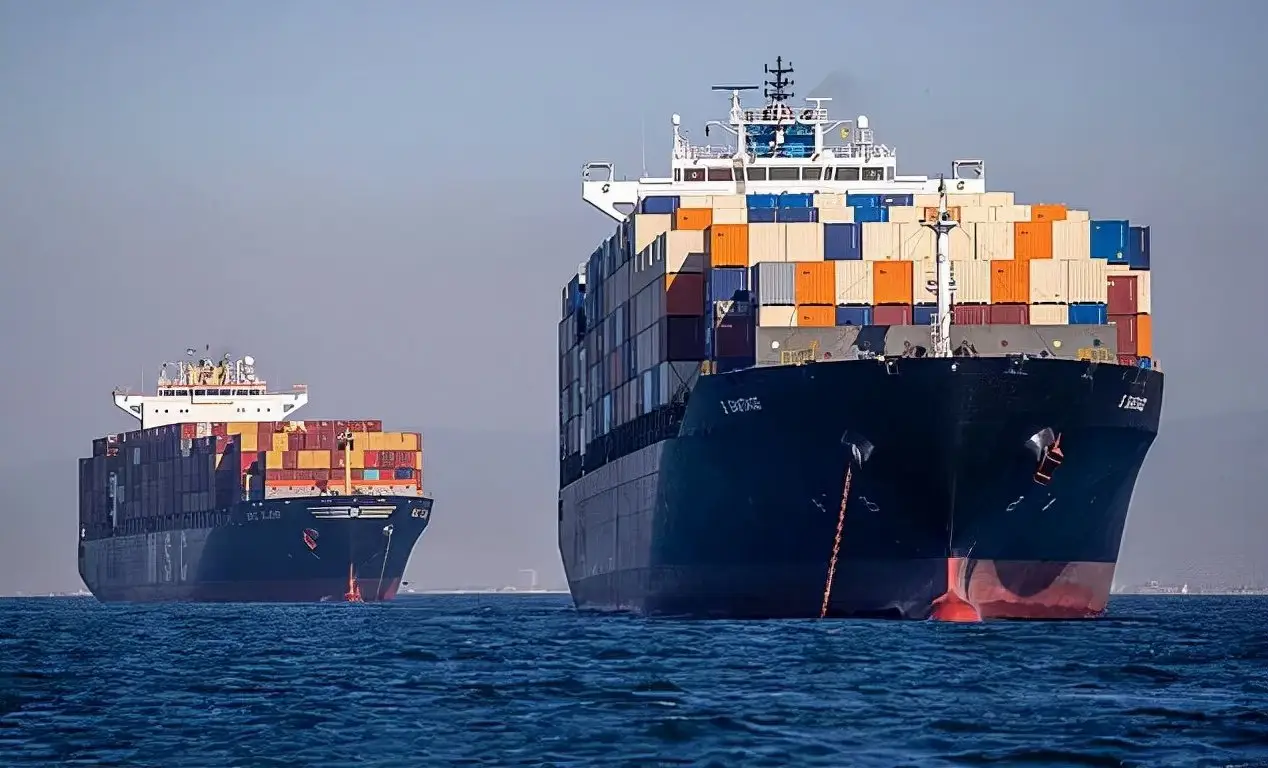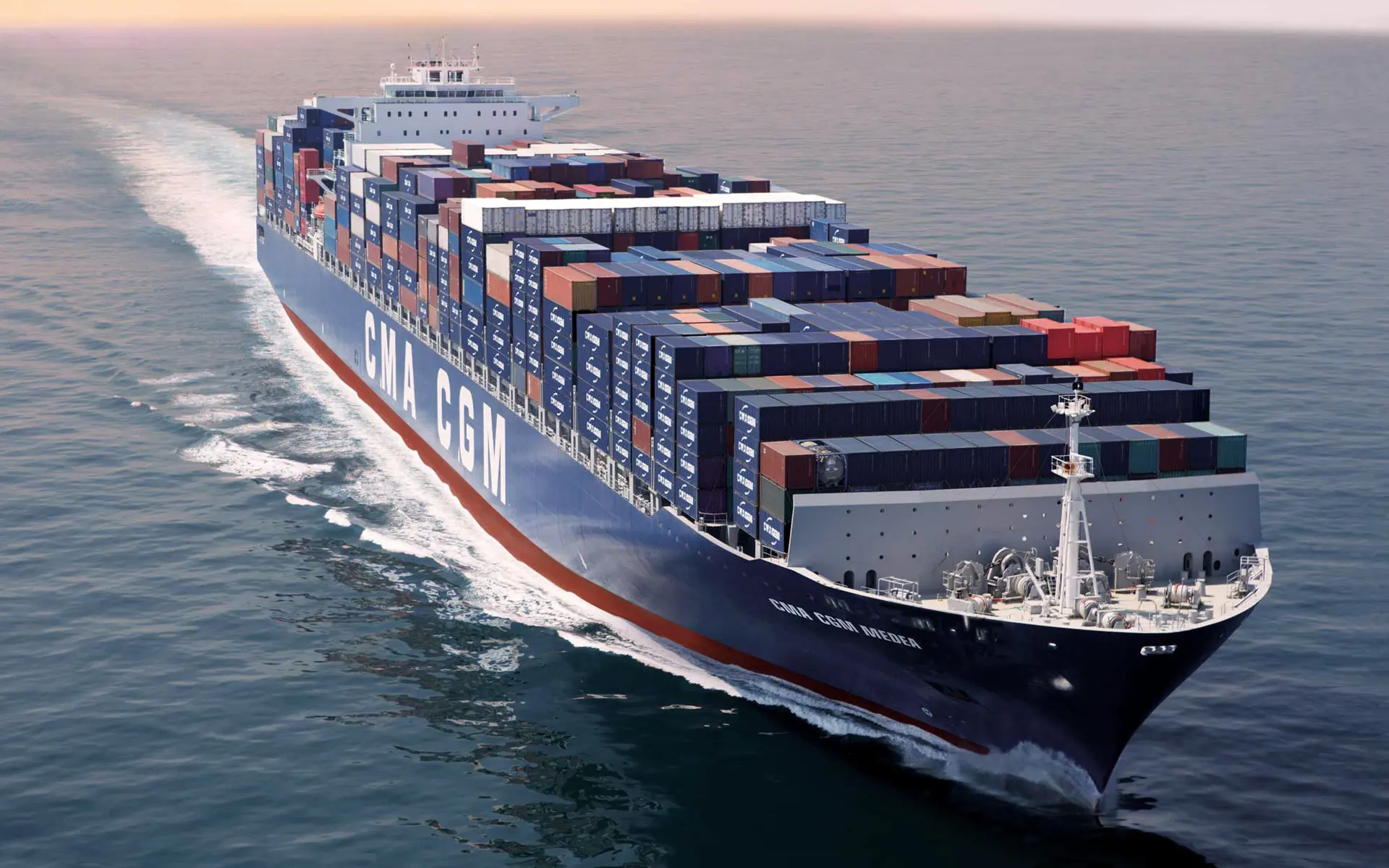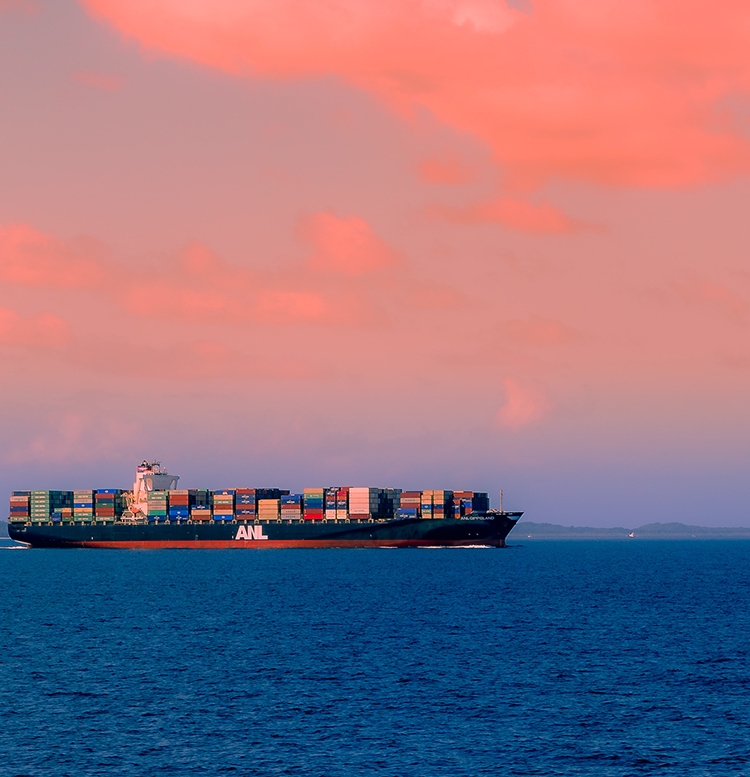Email format error
Email cannot be empty
Email already exists
6-20 characters(letters plus numbers only)
The password is inconsistent
Email format error
Email cannot be empty
Email does not exist
6-20 characters(letters plus numbers only)
The password is inconsistent

News

Customs Duties and Taxes in Sea Freight Customs Clearance: What You Need to Know
Introduction
When it comes to sea freight customs clearance, understanding customs duties and taxes is crucial for importers and exporters. Customs duties and taxes are levied by the importing country’s customs authority and can significantly impact the cost of importing or exporting goods. In this blog post, we will provide an in-depth overview of customs duties and taxes in sea freight customs clearance, including their purpose, calculation methods, and key considerations for importers and exporters.

Purpose of Customs Duties and Taxes
Customs duties and taxes serve several purposes:
Revenue Generation: Customs duties and taxes are a source of revenue for the importing country’s government.
Protection of Domestic Industries: Higher duties on certain goods can protect domestic industries from foreign competition.
Trade Policy Tools: Customs duties and taxes can be used as trade policy tools to promote or restrict the importation of specific goods.
Consumer Protection: Customs duties and taxes can be imposed on certain goods to discourage their consumption or protect public health and safety.
Calculation Methods: Customs duties and taxes are typically calculated based on the following factors:
Harmonized System (HS) Code: Each product is assigned an HS code, which determines the applicable duty rate.
Customs Valuation: The customs value of the goods is determined based on the transaction value or other valuation methods specified by customs regulations.
Preferential Trade Agreements: If the importing country has preferential trade agreements with the exporting country, reduced or zero-duty rates may apply.
Additional Taxes: In addition to customs duties, other taxes such as value-added tax (VAT), goods and services tax (GST), or excise taxes may be levied.
Key Considerations for Importers and Exporters
- Tariff Classification: Accurate classification of goods under the correct HS code is crucial for determining the applicable duty rate. Importers and exporters should consult customs authorities or seek professional advice to ensure correct classification.
- Valuation Methods: Understanding the customs valuation methods and ensuring accurate declaration of the goods’ value is essential to avoid penalties or delays.
- Preferential Trade Agreements: Importers should explore if any preferential trade agreements exist between the exporting and importing countries, as this can lead to reduced or zero-duty rates.
- Tariff Engineering: Importers and exporters should be aware of tariff engineering practices that involve altering the product’s composition or design to benefit from lower duty rates. However, it is important to ensure compliance with customs regulations to avoid penalties.
- Duty Exemptions and Reliefs: Importers should explore duty exemptions or reliefs available for specific goods, such as goods for re-export, temporary imports, or goods intended for specific industries or purposes.
- Tax Reclaim: Exporters may be eligible to reclaim VAT or GST paid on goods exported. Understanding the procedures and requirements for tax reclaim is important to maximize cost savings.
Compliance and Risk Management
To ensure compliance with customs duties and taxes, importers and exporters should:
Stay updated on customs regulations, tariff changes, and preferential trade agreements.
Maintain accurate records and documentation to support customs declarations.
Engage customs brokers or trade consultants to navigate complex customs procedures and ensure compliance.
Conduct internal audits and risk assessments to identify potential customs compliance risks and implement appropriate controls.
Conclusion
Customs duties and taxes play a significant role in sea freight customs clearance. Importers and exporters must understand the purpose, calculation methods, and key considerations related to customs duties and taxes. By accurately classifying goods, understanding customs valuation methods, exploring preferential trade agreements, and ensuring compliance with customs regulations, importers and exporters can effectively manage costs, mitigate risks, and facilitate smooth sea freight customs clearance processes. Staying informed, seeking professional advice when needed, and maintaining compliance with customs regulations are essential for successful international trade operations.

